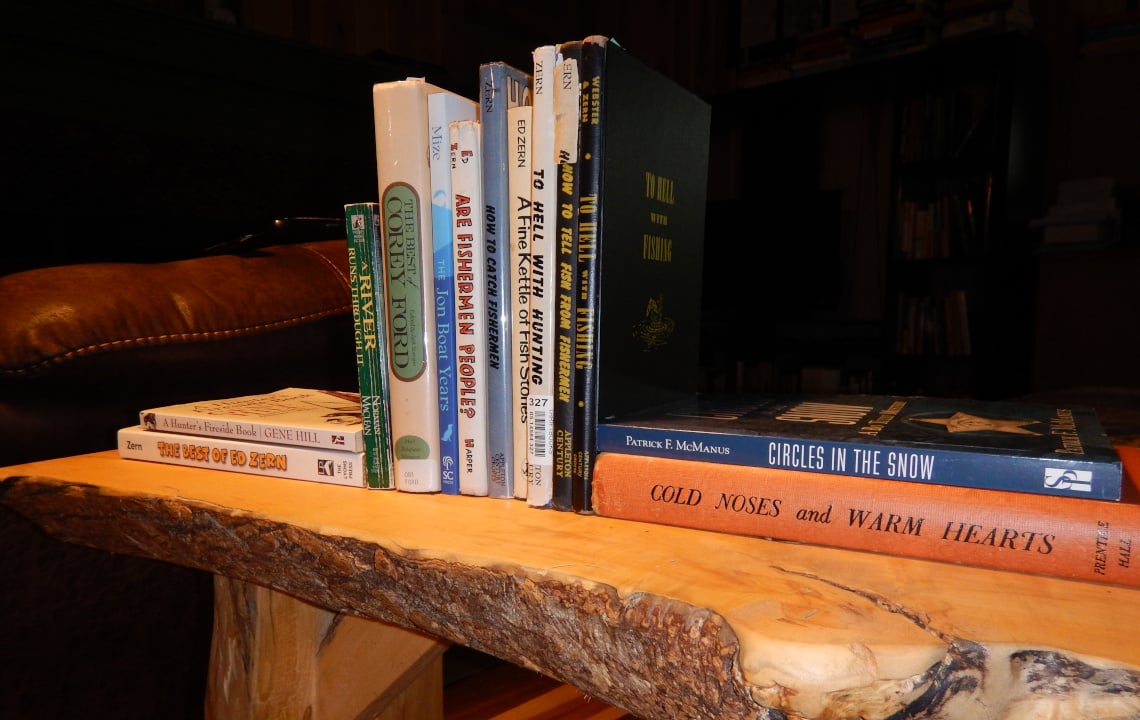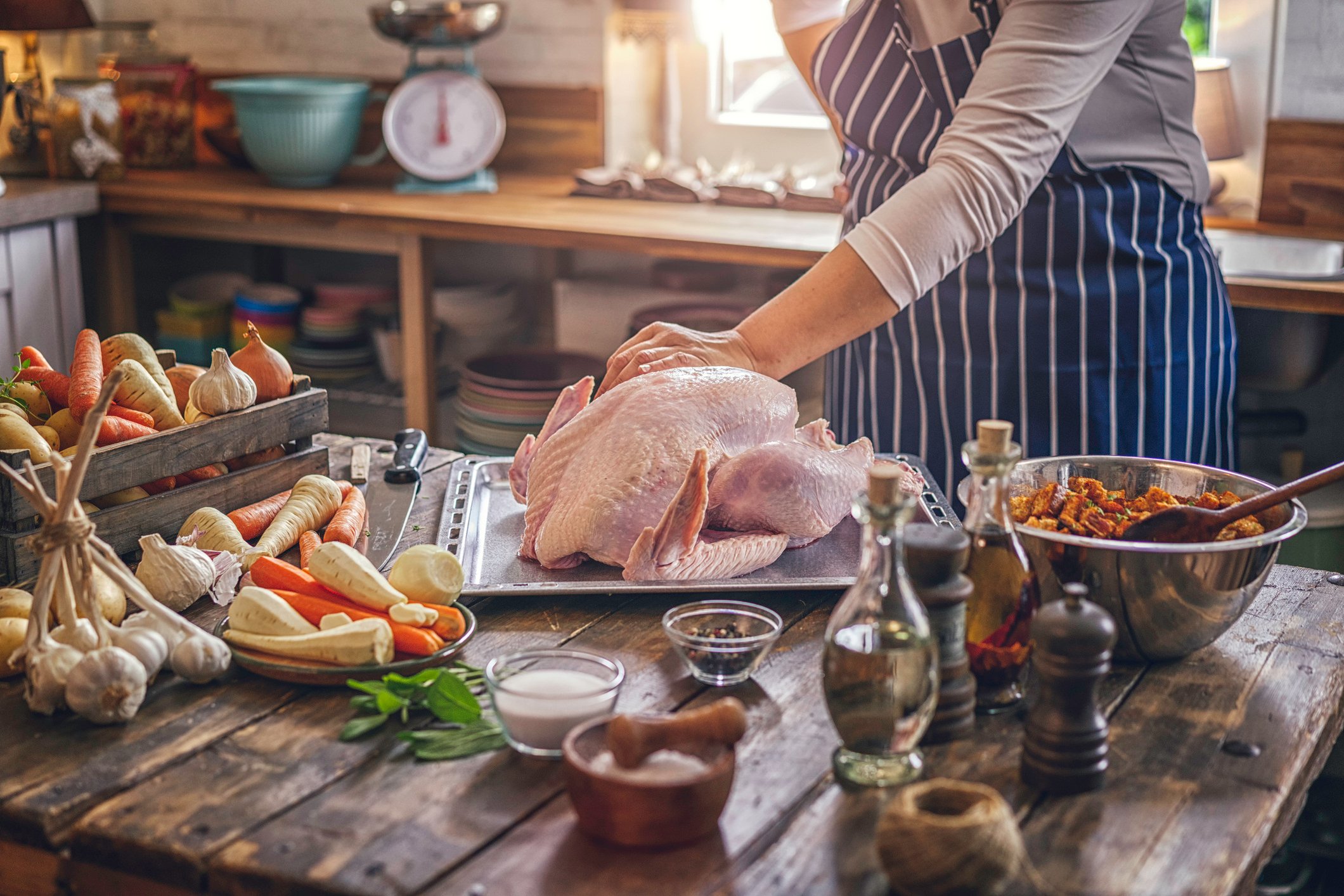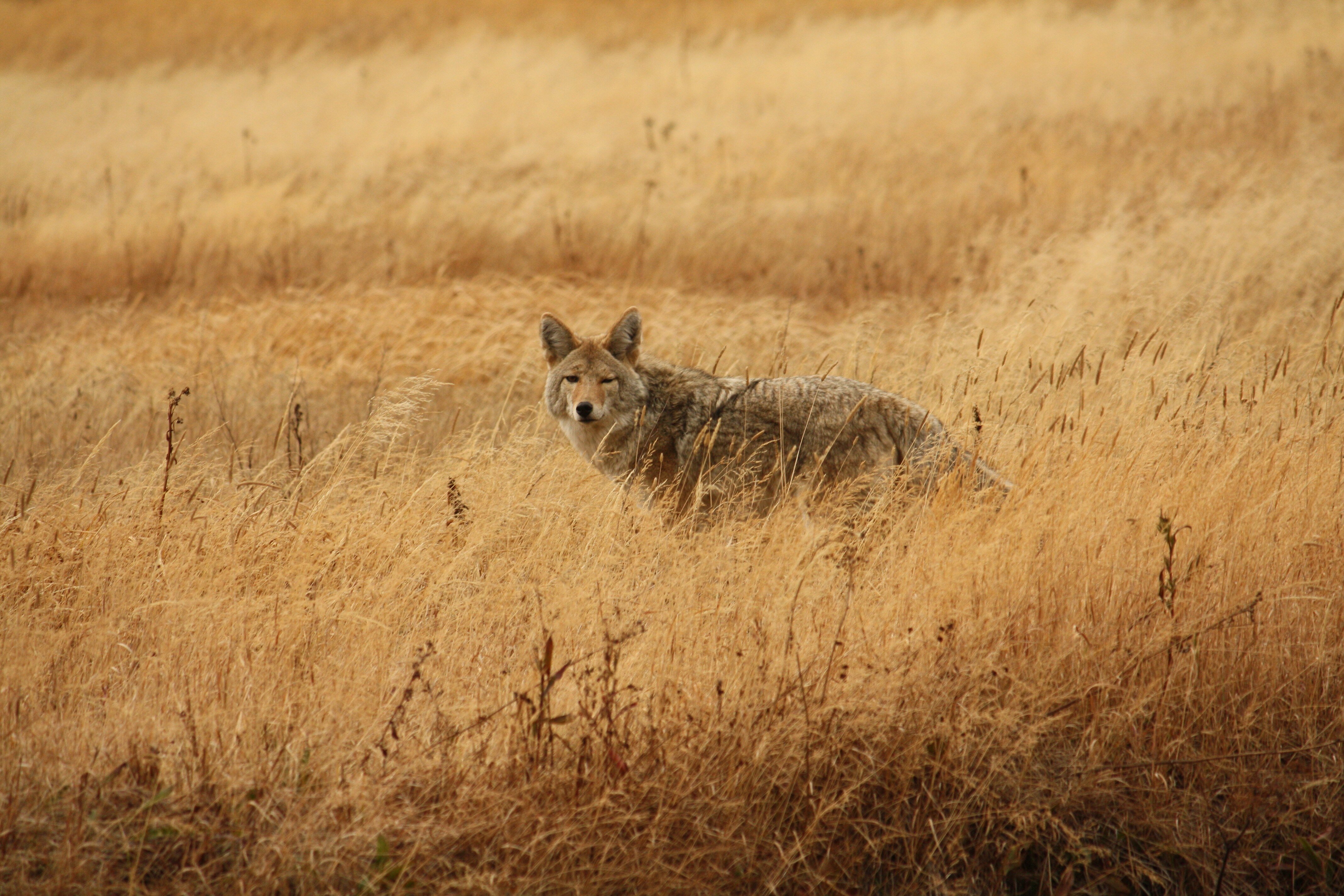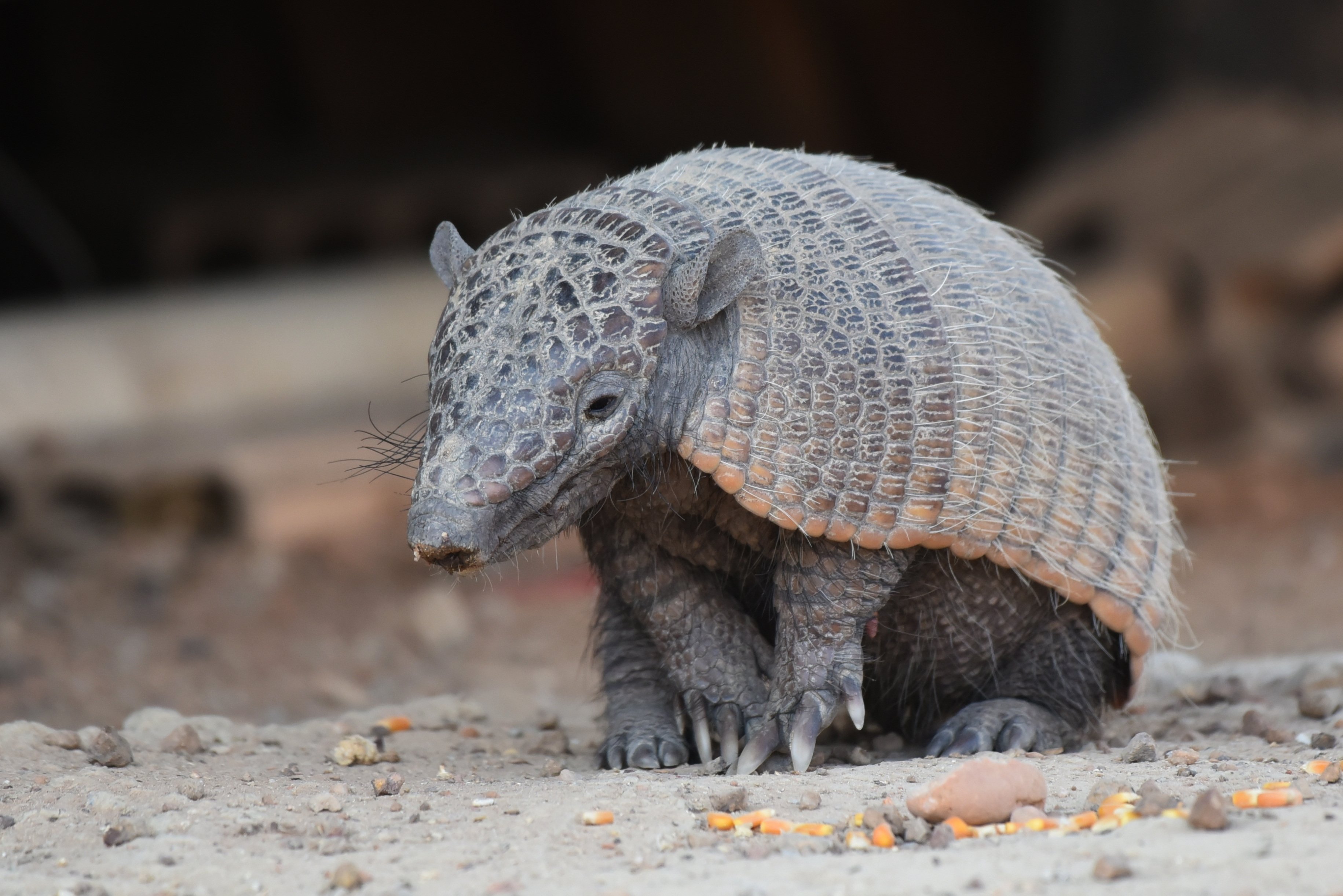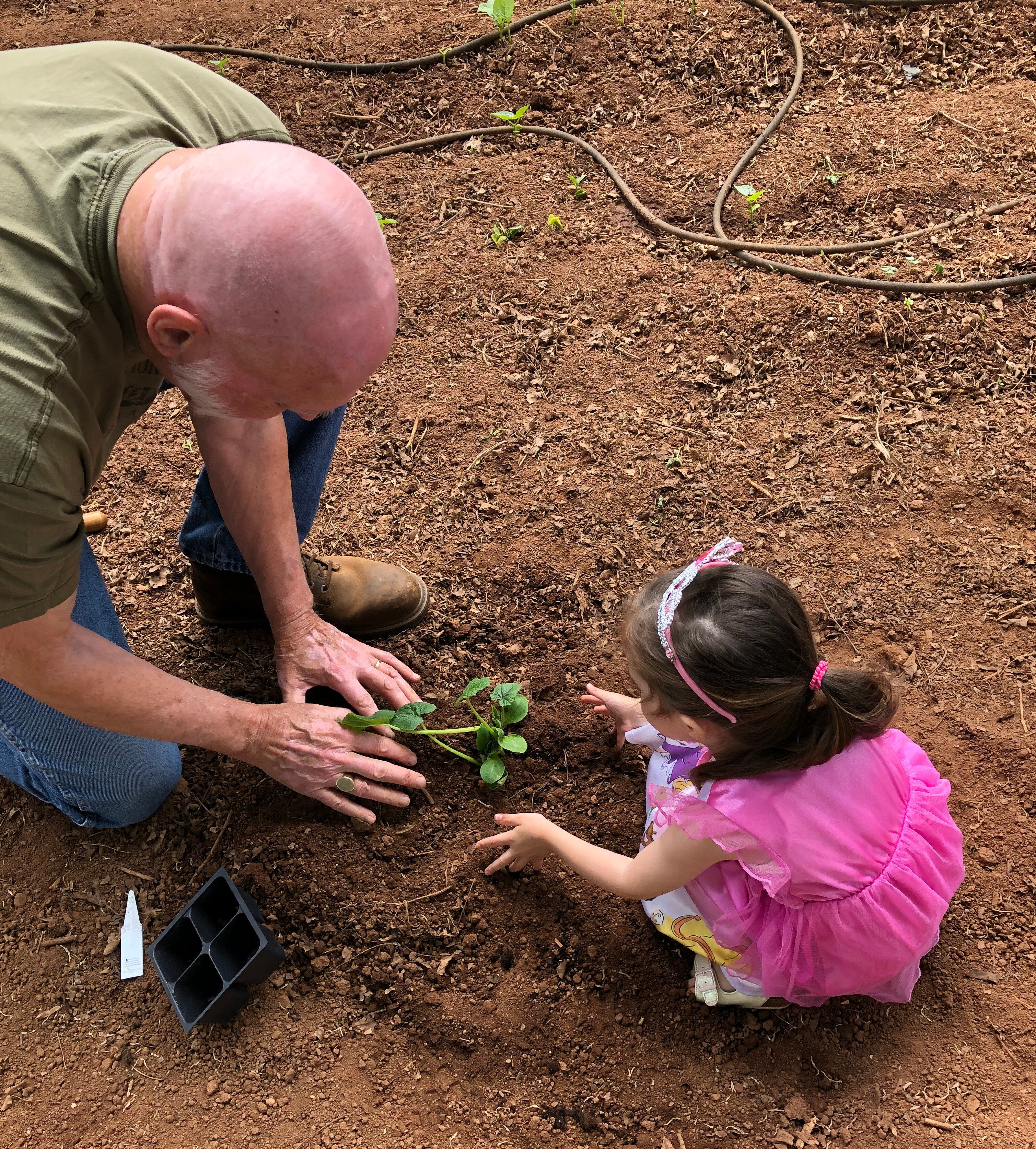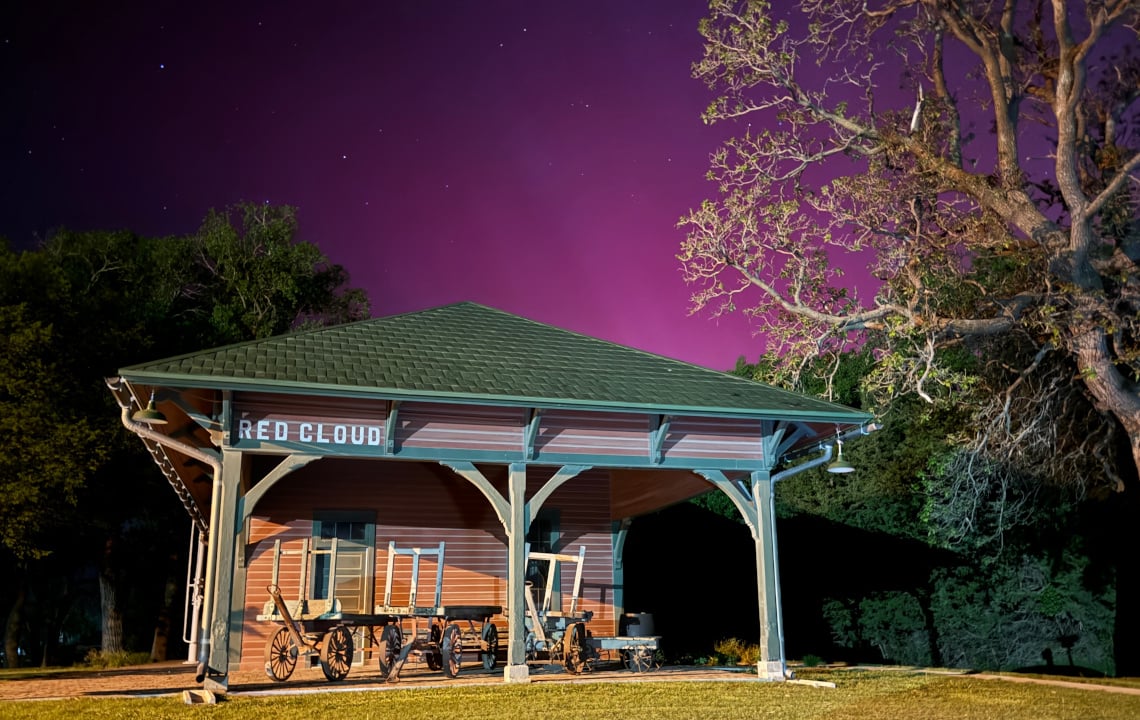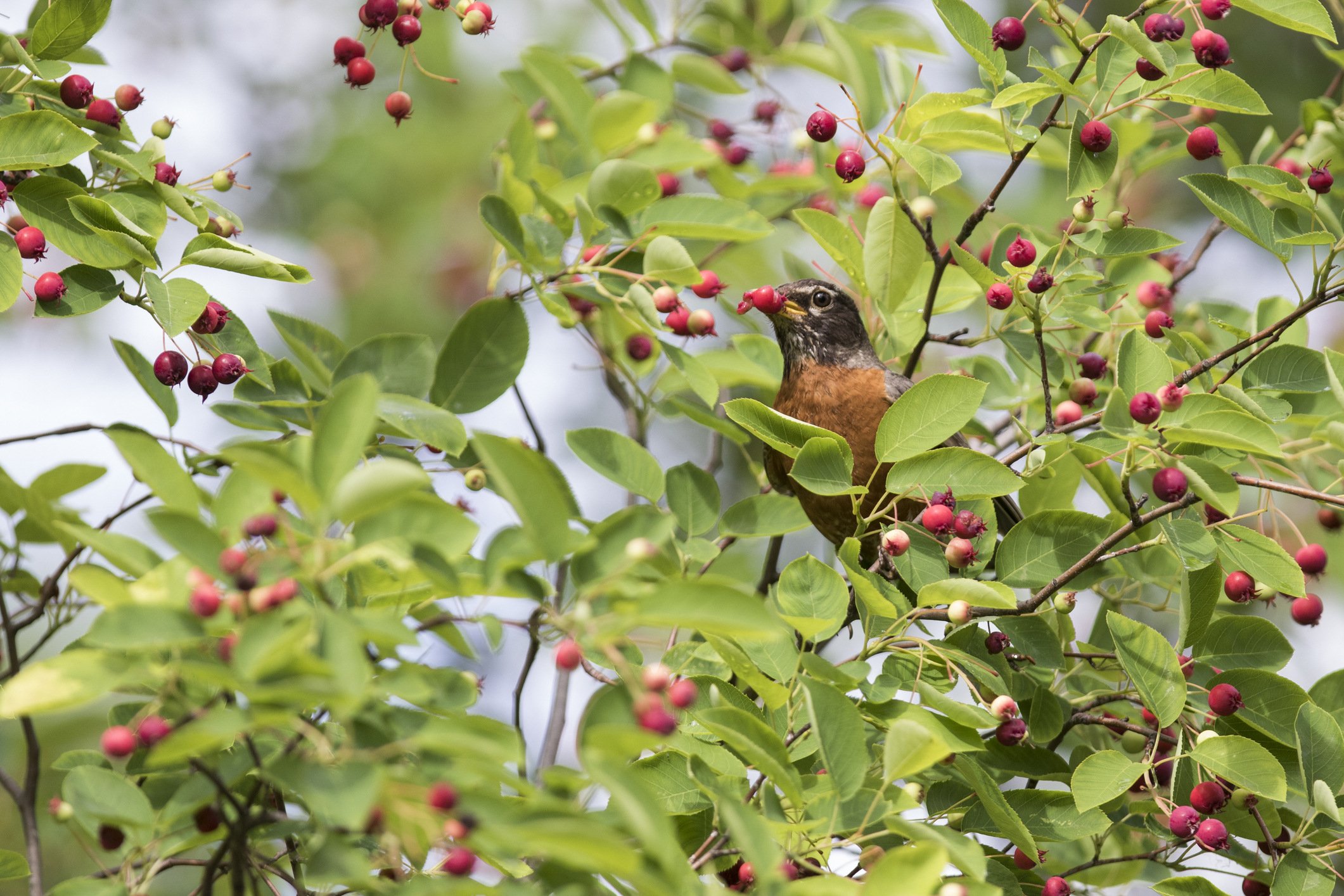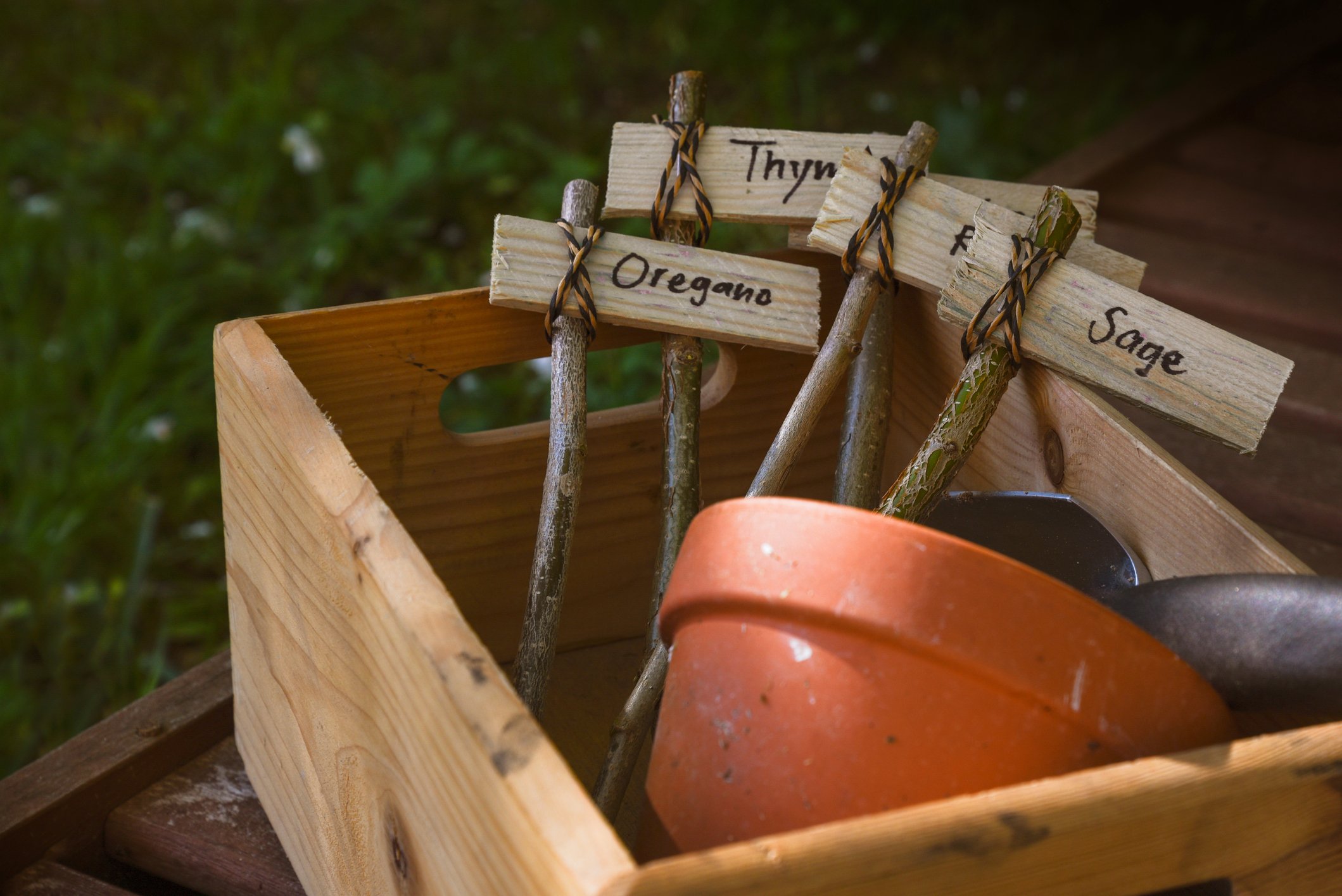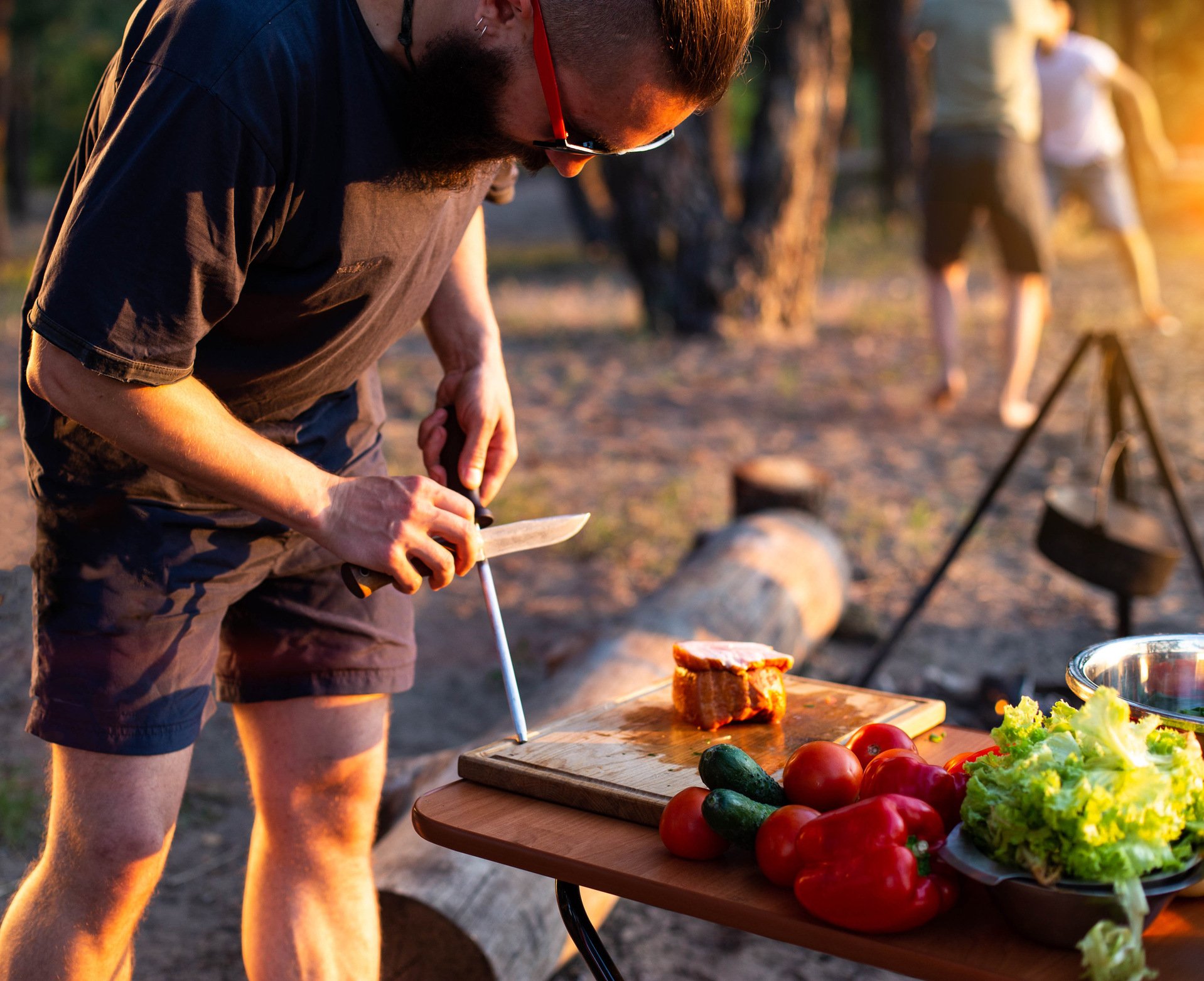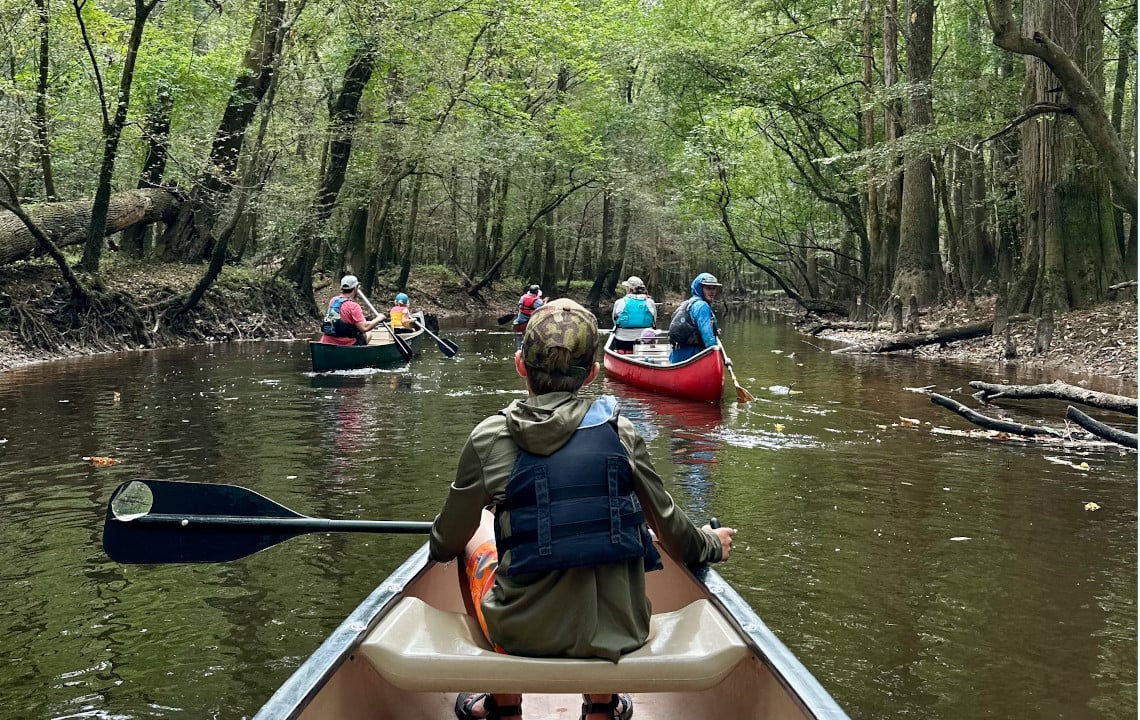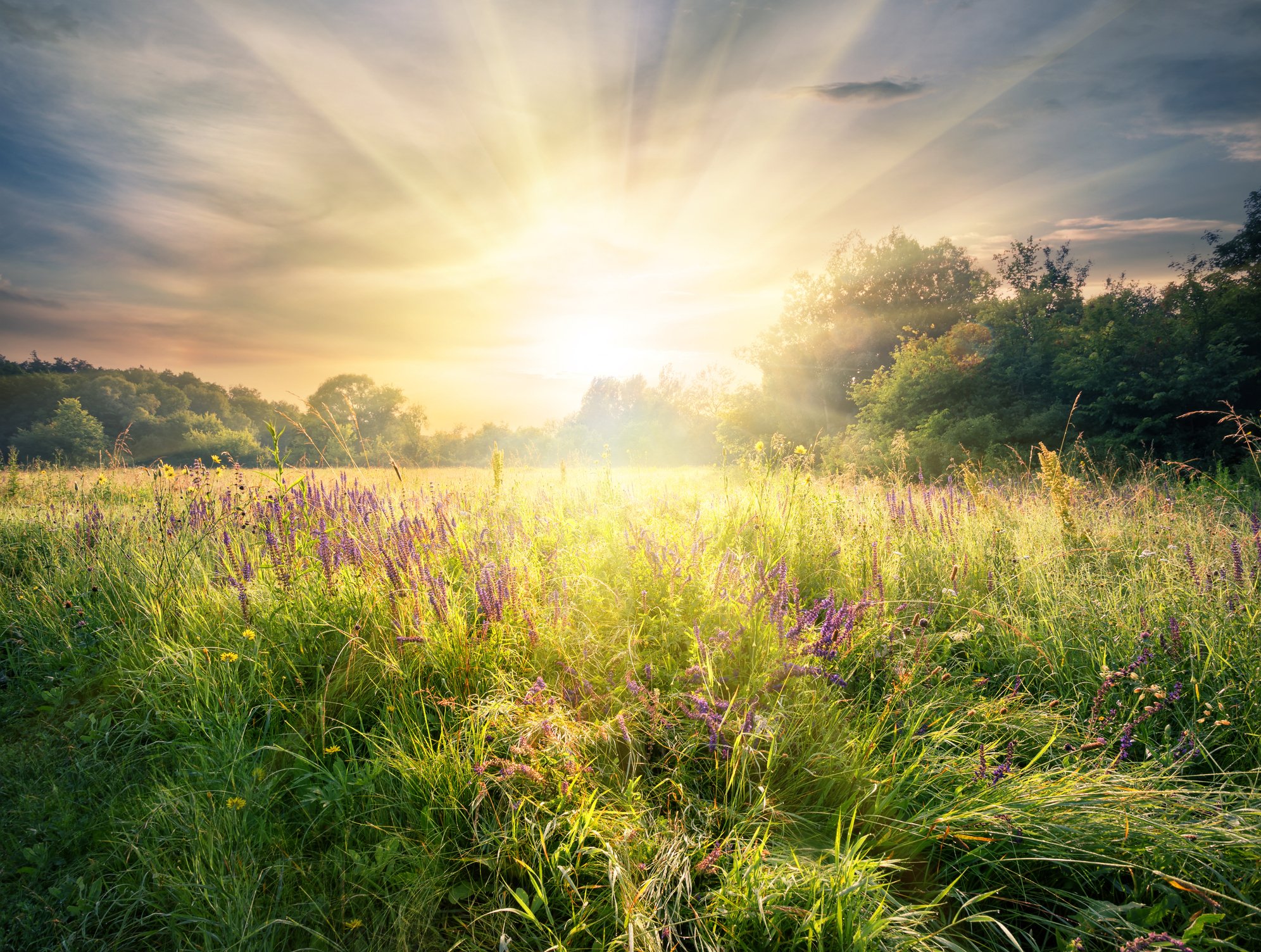Attracting wildlife onto your land makes it much more interesting. Here are some tips to assess the wildlife population on your property and some tips on how to attract more species.
Whether you are a hunter, photographer, conservationist or simply enjoy wildlife, most would agree that the addition of wildlife to your land is more enjoyable. If you are making or have recently made the transition to rural life, there are some easy ways to assess the wildlife population on your land. There are also some ways to increase the population and number of species with a few simple steps. These steps do not have to be costly and may be implemented at your own pace.
How do I Attract more Wildlife to my Land?
It is very gratifying to see an increase in a desirable species and to see an influx of new species onto your new property. It is not as difficult as you may think and only requires attention to details.
Wildlife Requirements
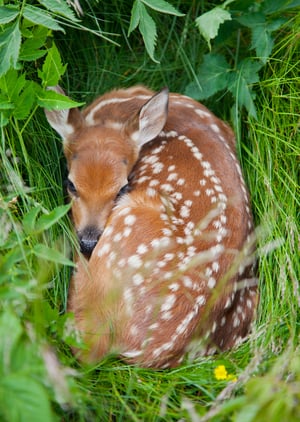 When we consider how we might get a handle on the current wildlife population on a property, how to increase that population, or attract new species, we must first become knowledgeable about the needs of each of those species.
When we consider how we might get a handle on the current wildlife population on a property, how to increase that population, or attract new species, we must first become knowledgeable about the needs of each of those species.
One primary consideration is to question, "What are the basic needs of most wildlife species?"
The easy answer is three primary needs that are universal to all species. They are:
- Water - Almost all animals require water. Most require it in the form of standing water or streams that allow them to drink freely as needed. Only a few species get enough water from the food that they consume.
- Food - In order to assess the population, you will need to familiarize yourself with the preferred foods the target animal consumes. If you wish to increase that population, you will need to be sure to provide more of those desirable foods.
- Shelter - This may be thickets, brush piles, nesting boxes or any number of different environmental conditions. You will find that you can alter the conditions to attract or manipulate the population in a number of ways.
Evidence of Existing Animal Populations
There are many ways to discover the types of species that are on a property in addition to visual sightings. With regard to visual sightings, the use of optics will be a great aid in evaluating the species as well as the physical condition of the animals present. Good binoculars, spotting scopes and trail cameras all have their advantages.
Many consider trail cameras as tools for hunters only. This is a mistake, as they allow landowners to capture stunning photos of wildlife that might not be available in any other manner. An advantage to being present at a location 24/7 is that nocturnal activities may be captured that would otherwise not be noted. Animals such as deer are crepuscular, meaning that they are more active during periods of low light and even in full darkness.
As you seek evidence of wildlife on your property, here are a few indicators that will tip you off to their presence:
- Trails - Animals, like humans, will follow the path of least resistance on the landscape. The frequenting of the same path over a period of time will result in visible trails. I have found that even in forest areas where falling leaves cover trails, as I walk along convenient passages, it is easy to feel the harder packed areas underfoot where deer and other animals have compacted the soil by their frequent use, creating a trail.
- Browse lines - Often, it is easy to see where favored plants have been browsed by deer. The tender tips have been nipped off and consumed. At a lower level, rabbits may do the same thing.
- Cuttings of nuts and pine cones - These are indicators of squirrels in the area. They will often sit on a stump, log or large stone and gnaw open a pine cone to get the seed or a hickory nut to get the sweet meat inside.
- Debarked twigs and limbs along a stream or in a pond will indicate that beaver are working the area. They gnaw the bark and cambium from trees and leave some of the cuttings along the bank. They will also create piles of mud and deposit castor from glands near the base of their tail as territorial markers. Some of the limbs will be taken to re-enforce their dams and to build their lodges. Listen for the slap of their tails on the water as another sign of their presence.
- Tracks - Especially near streams, in soft ground, plowed fields and any place where the soil is soft, you can find tracks that will help you to identify the presence and perhaps the frequency and number of animals in the area.
- Scat- Many mammals will deposit scat or feces in a highly visible area as a means of marking their territory. Think of it as a bulletin board or newspaper announcing to other animals, "I am here and this is my stomping ground. Keep your distance or answer to me."
An especially good time to scout a new area for wildlife such as deer and other large mammals is after the hunting season and before the new spring growth emerges. Trails will be most visible and signs such as scrapes and rubs on trees by deer will be obvious.
Attracting Birds
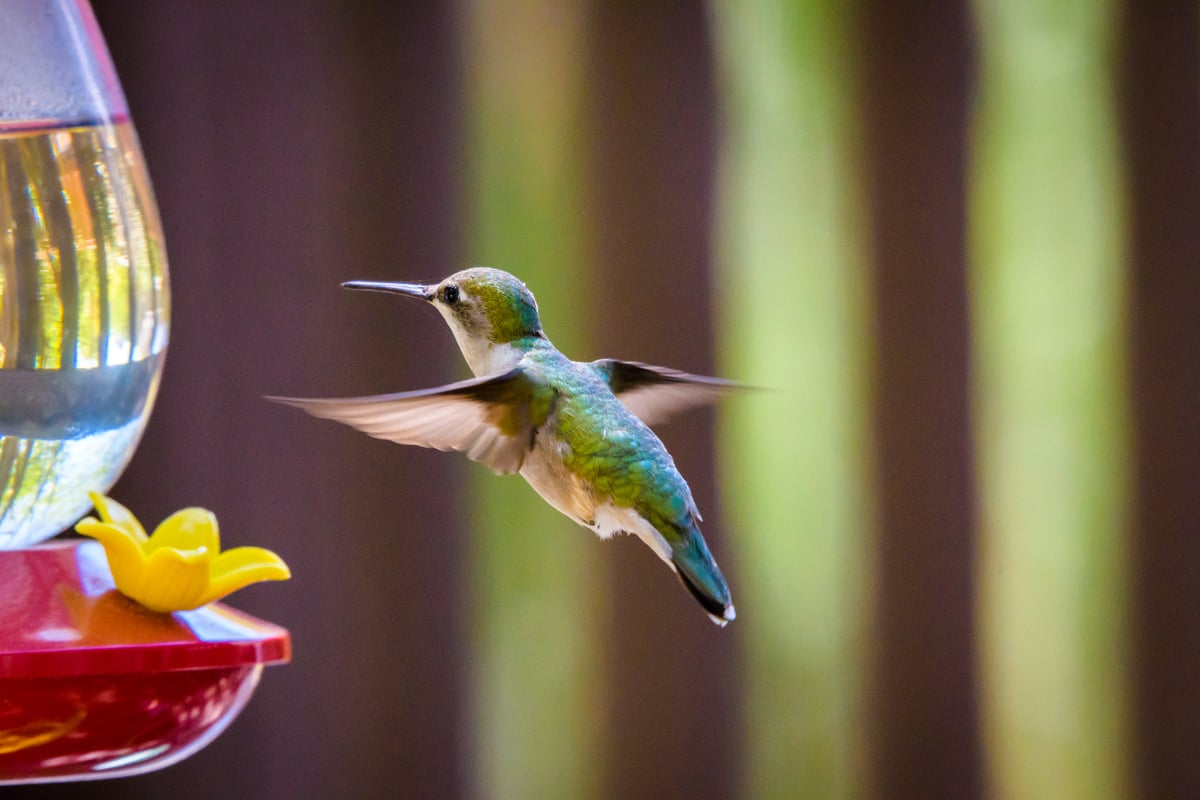
One of the areas of most importance to those interested in wildlife is how to attract more and new species to their property. This varies with regard to species and must be broken down into several categories.
The population of birds may be increased or new species attracted by the use of several methods. One of the most important is the offering of desired food types in different types of feeders. One of the most universal foods is black oil sunflower seeds. This can be placed in tube feeders or platform feeders and will attract a wide variety of birds.
Suet should be placed in one or more suet feeders to attract woodpeckers, mockingbirds, bluebirds and other species that find it desirable.
In certain times of the year, mesh socks or other types of thistle feeders will attract goldfinches in abundance as well as some of the other small species.
Clean water should be made available near the feeders and should be refreshed frequently. Water will attract almost as many birds as feed. Moving water is even better. If you can hang a bucket with a pinhole in it on a limb, allowing it to drip into a birdbath, it will become a magnet to the local bird population.
Hummingbird feeders are a joy to watch and the best food is one part sugar and four parts water. This is more attractive than most commercial food and cheaper and easier to feed. (You can boil the mixture to dissolve the sugar and then cool before putting it in your feeder). Feeders should be cleaned and food replaced weekly, or especially in very hot weather to keep birds healthy and keep them coming.
Food in the form of trees that bear fruit are helpful. Serviceberry bushes are great attractors, favored by many species. If you have blueberries, strawberries or other fruit for human consumption, the downside is that they may need to be covered with netting to keep the birds out.
Bird boxes scattered around the property will attract and hold many species. Eastern bluebird populations had plummeted in the past, but the widespread use of special bluebird boxes brought them back in good numbers. If you are interested in bird boxes, be sure to research the size, shape and dimensions of the openings to target the desired species.
Birdwatching lends itself to photography and you should keep a camera and good optics nearby so that you can capture that special moment. In addition, it is enjoyable to keep a "life list" of all the bird species that you have observed. Over a period of time, you will be amazed at how many species have frequented your feeders and boxes. Some species will only appear for a short time as they stop over on their migrations to other areas. We found this to be true of rose breasted grosbeaks in our upstate South Carolina area. They only appear for a week or two in the spring and fall.
For more information on drawing birds to your land, read my article, How to Attract Wild Birds to Your Property.
Attracting Deer
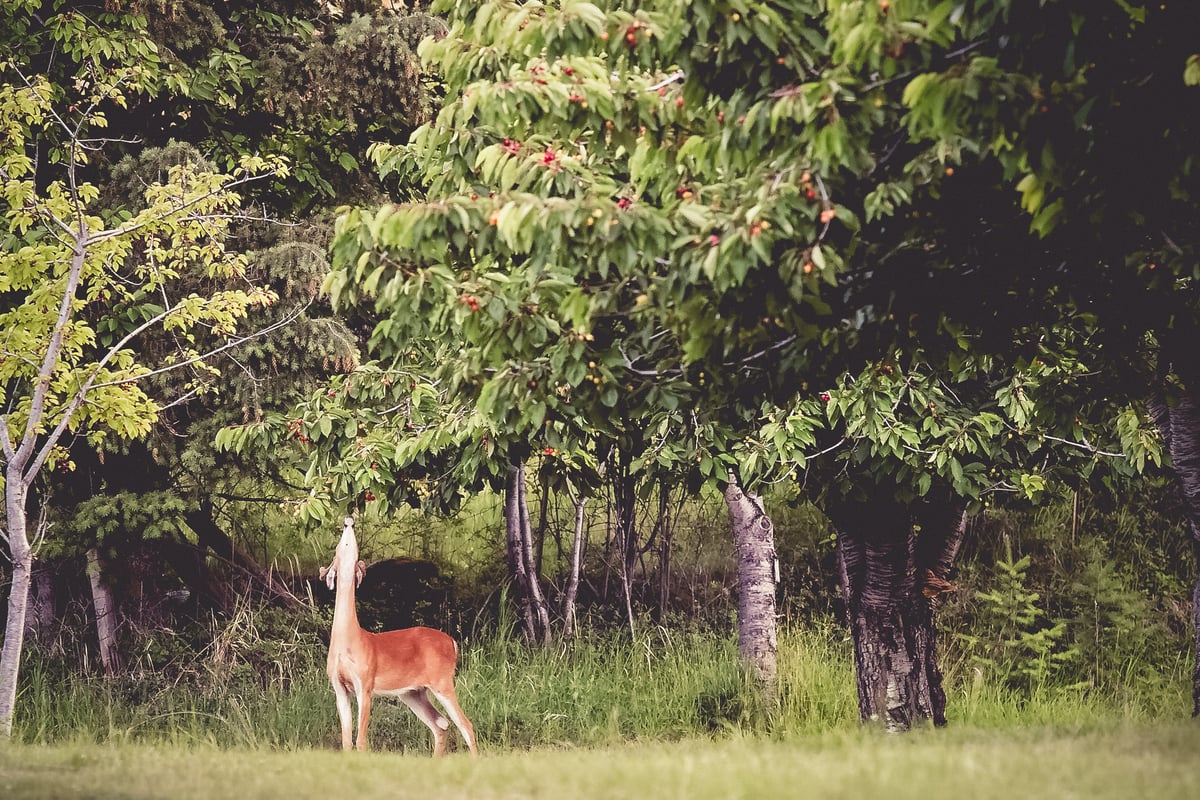
Deer populations have some unique requirements and there are several ways to attract more to an area.
- If the property is large enough to permit, deer food plots can be planted with desirable foods to attract populations. Various clover, brassicas and other foodstuff can be planted to maintain good availability during cold months and various mineral licks may be placed to provide good bone and antler growth.
- Deer require bedding areas that are either remote or undisturbed. These areas should be off-limits to human activity most of the year. If such areas do not exist, they can be encouraged by allowing a part of the property to become brushy and undisturbed. This can be supplemented by the practice of hinge cutting of small trees, especially species that deer like to browse. Hinge cutting is the practice of cutting part-way through a small tree and pushing it over. The uncut portion will allow the tree to stay alive, creating horizontal growth that the deer can reach for food and also creating more cover for a bedding area. Hinge cutting can also be used to funnel deer in a desired travel path or entry point into food plots.
- Good timber management will result in better wildlife habitat. More open forest is good for turkey and quail populations. Controlled burns of forest land on a three year cycle is a practice that is recommended to keep underbrush from shading out desirable weeds, forbs and other growth that attracts insects that young turkeys and quail need to provide necessary protein for proper development. Leaving a few dead, standing snags where they do not represent a hazard to humans is a good practice. It provides an area for woodpeckers to create holes in trees that provide homes for them and the abandoned holes are often used by other species.
Forgotten Species for Consideration
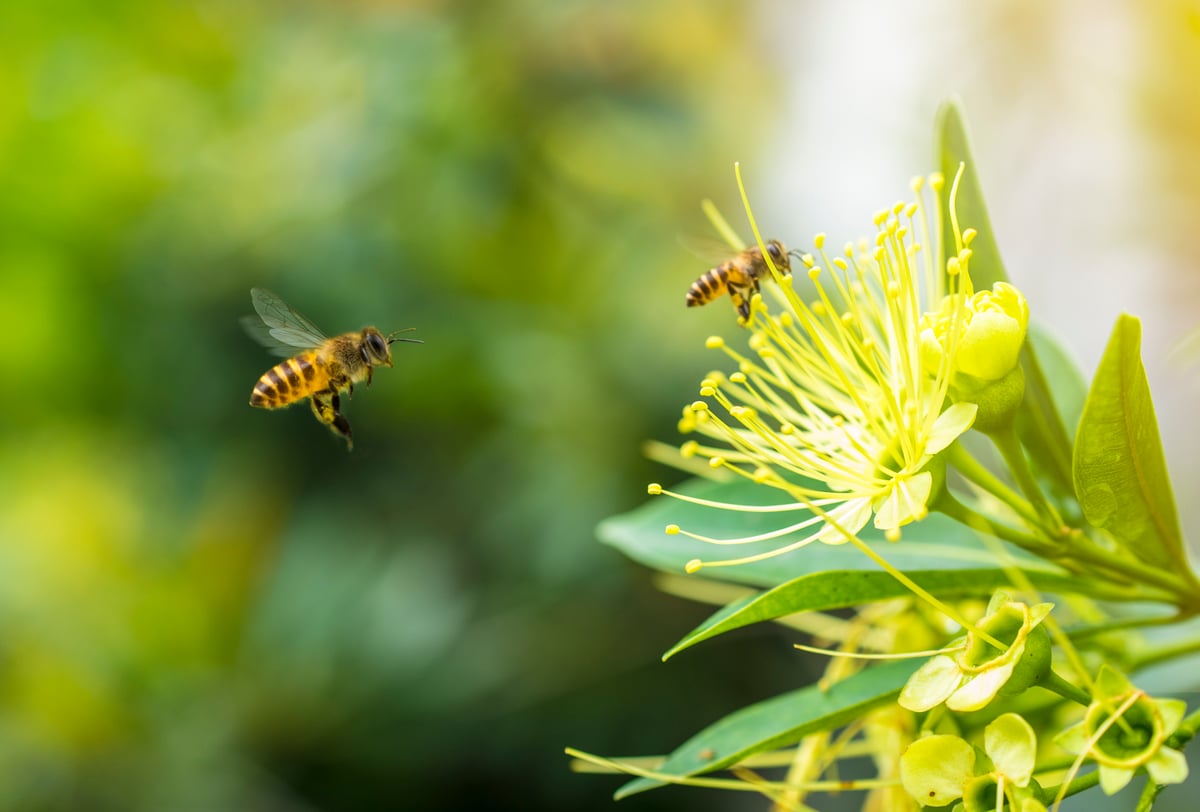
Many species are not often considered when making plans for a property. These species can add an untold amount of interest and sometimes are much more important to the ecosystem than we realize. Here are a few to think about as you embark on an assessment of what you want your property to look like.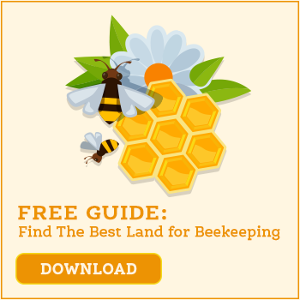
- Fish, frog and aquatic insects - The addition of a pond, either large scale for recreational fishing or a garden pond can provide much interest in the form of recreation or contemplation. Ponds of both sizes can attract frogs and aquatic insects that are attractive and a great addition to the property. In addition, the larger pond fish can add another dimension to the food that your property can provide. Fresh fish from your own pond is a great addition to the diet.
- Bees - We have all heard about the problems with honeybees. It is amazing how important bees are for pollination. If you are interested, you can incorporate beehives into your master plan. If not, consider plant species for a pollinator garden that will attract bees to your property. This will help with pollination of plants in your garden and increase your yield considerably.
As you embark on this wonderful adventure of property ownership, it would be wise to obtain a library of field guides about animals and birds and literature about conservation. Online searches about any questions you might have would also be helpful. You might also consider networking with conservation groups that have a common interest. The exchange of ideas is always profitable for all involved.


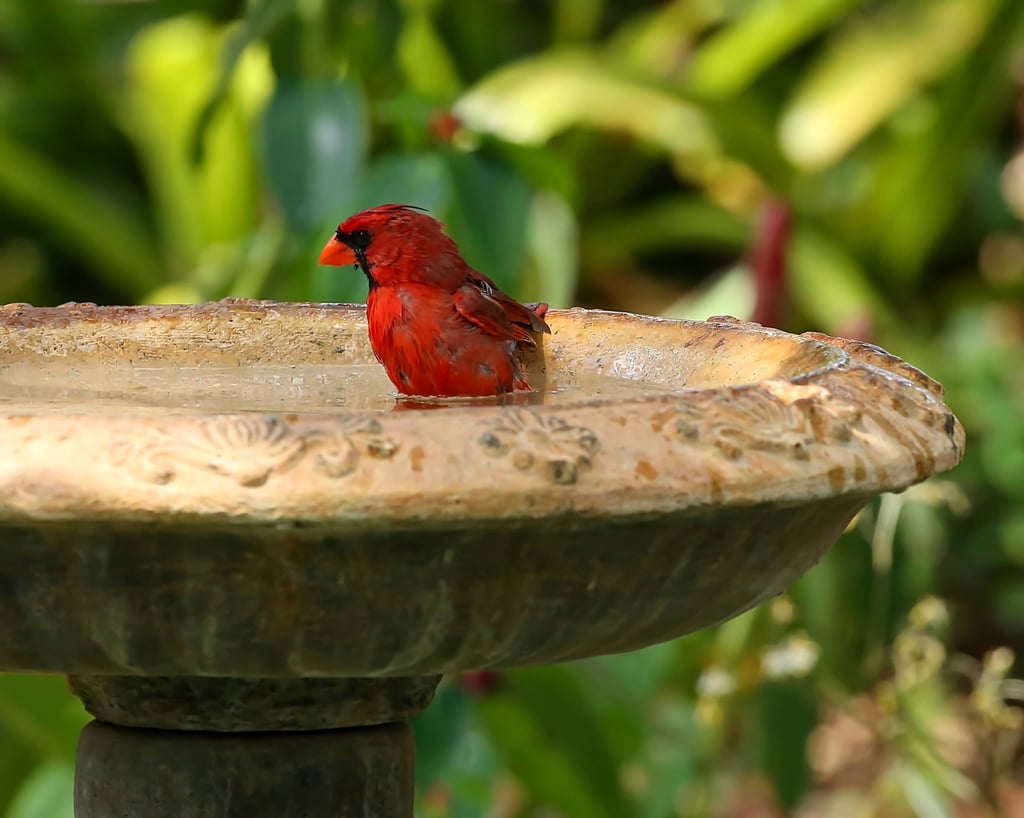
.jpg)
